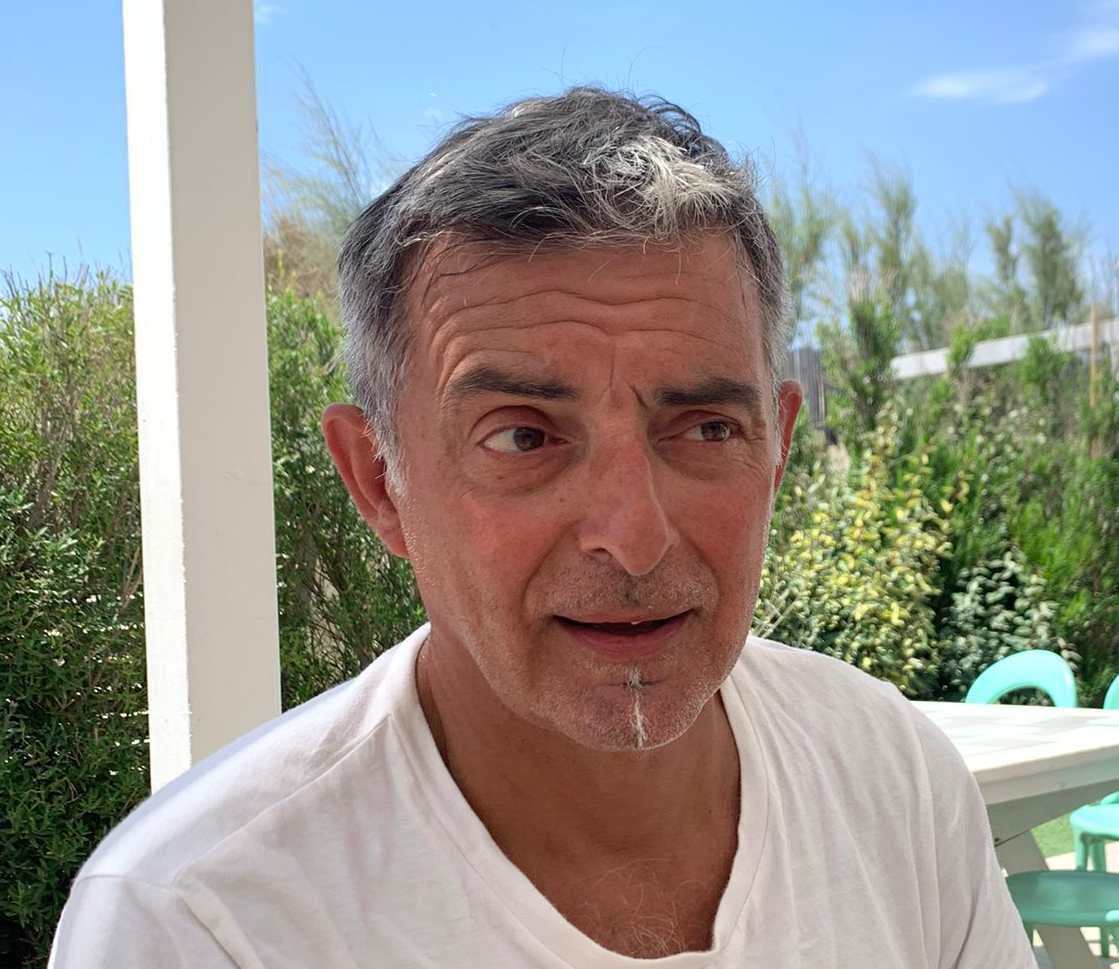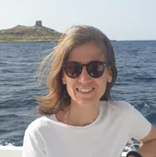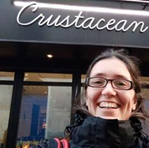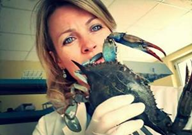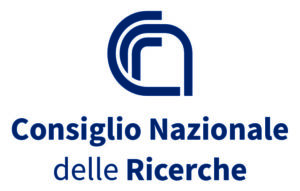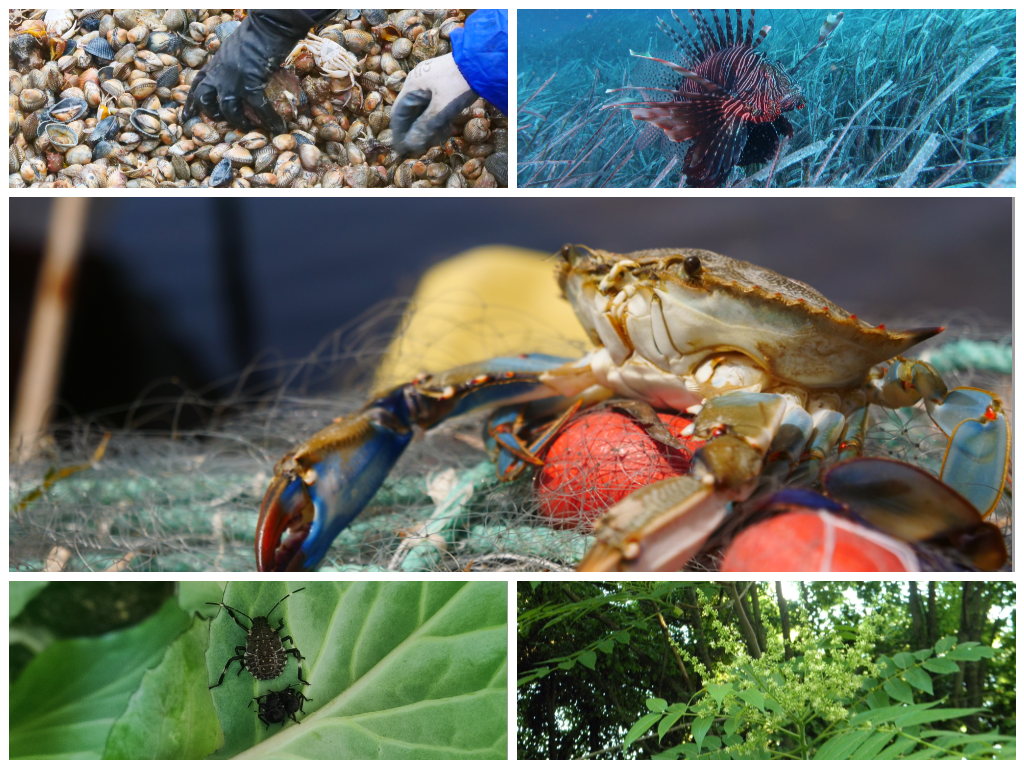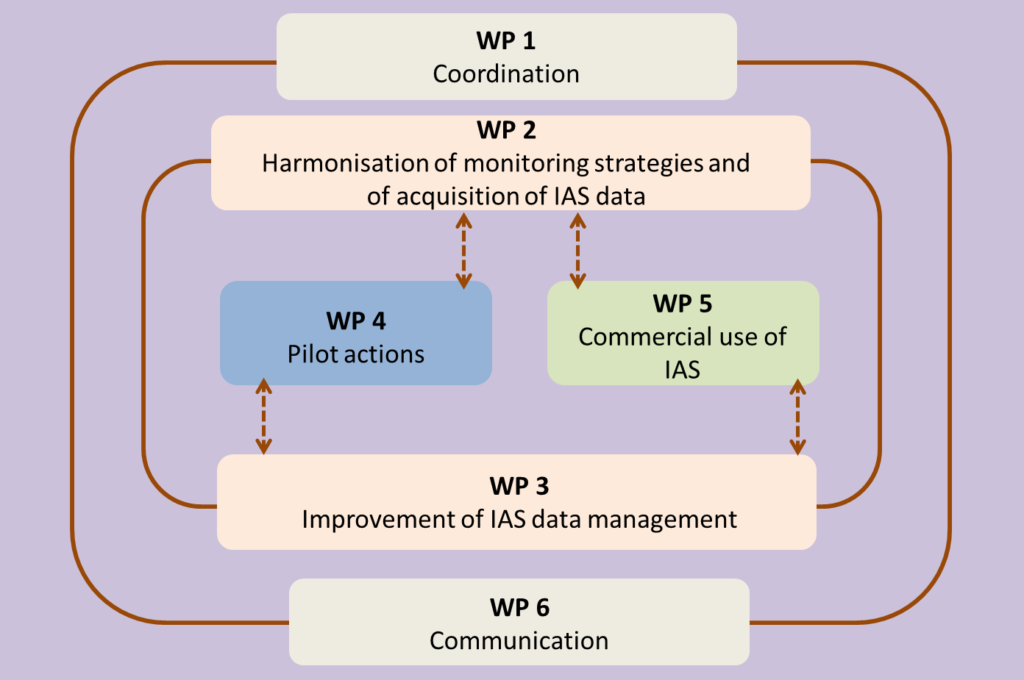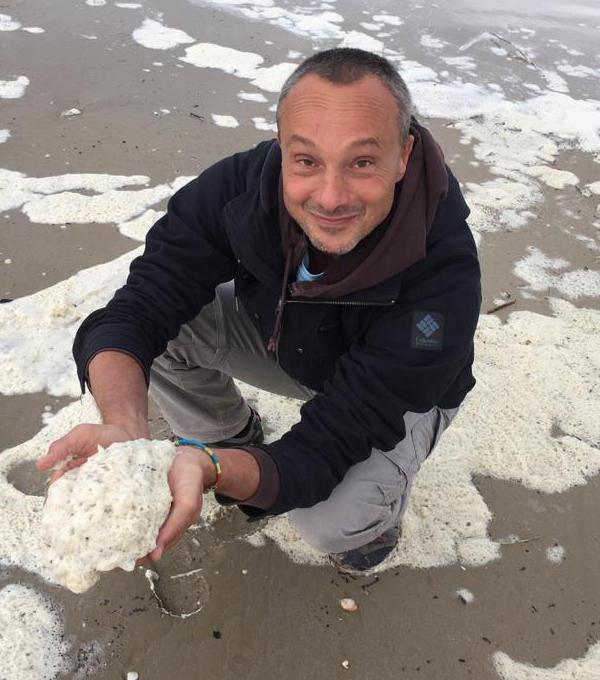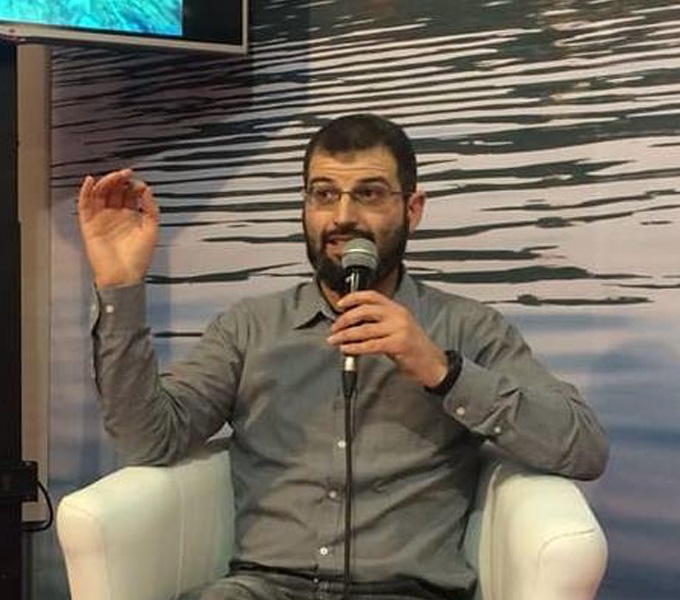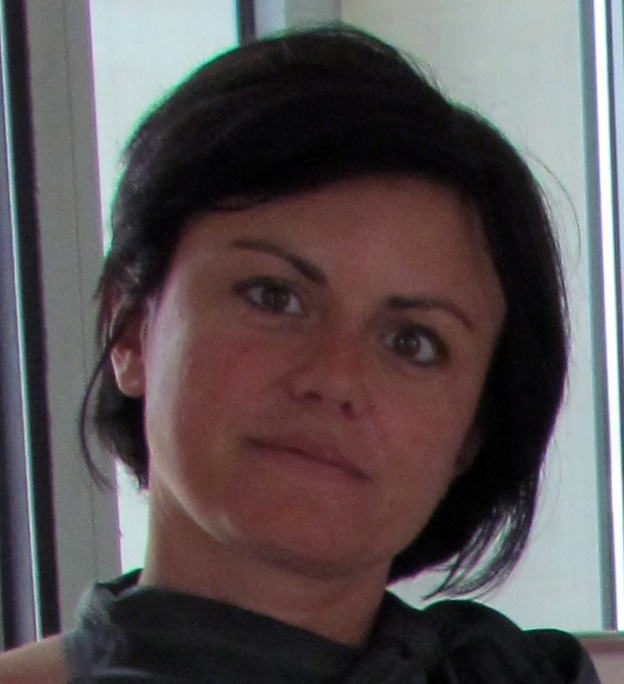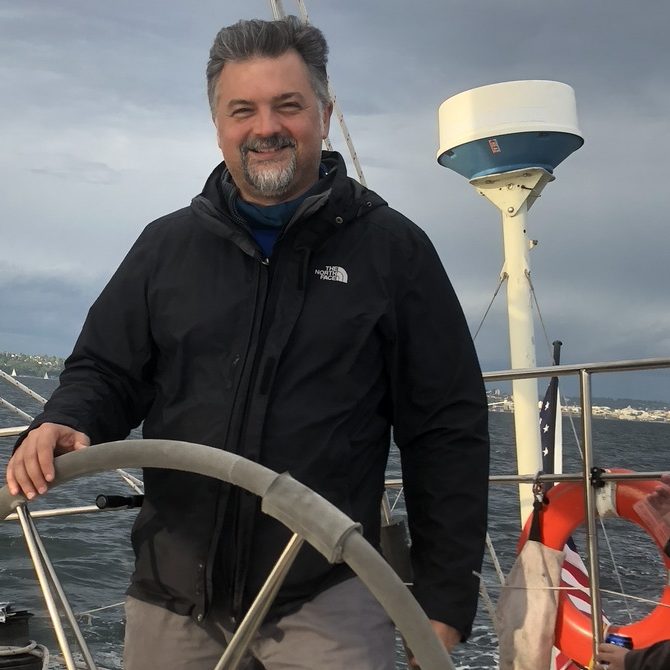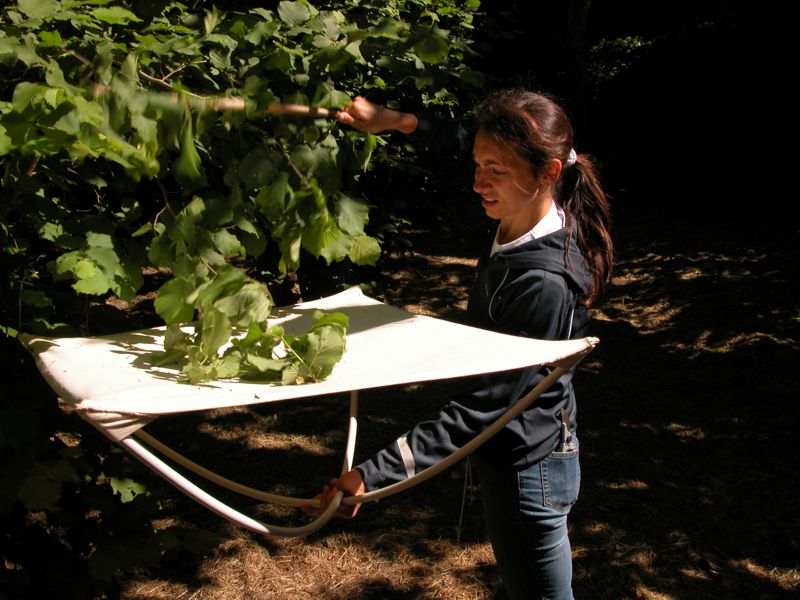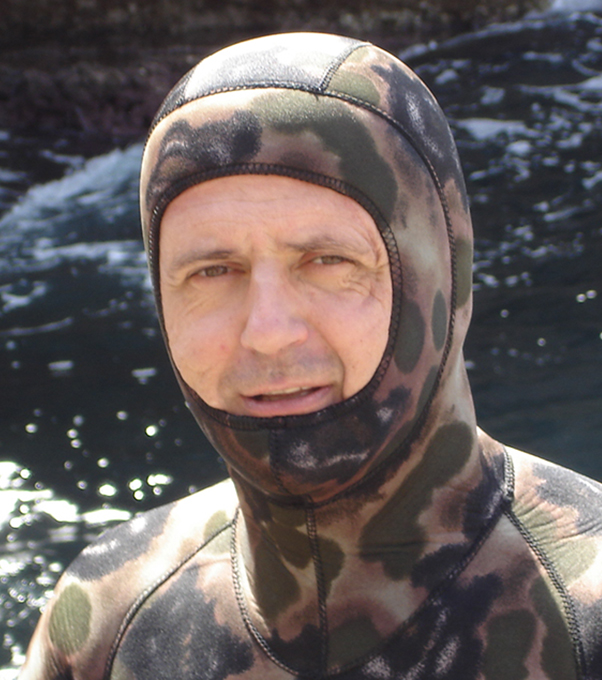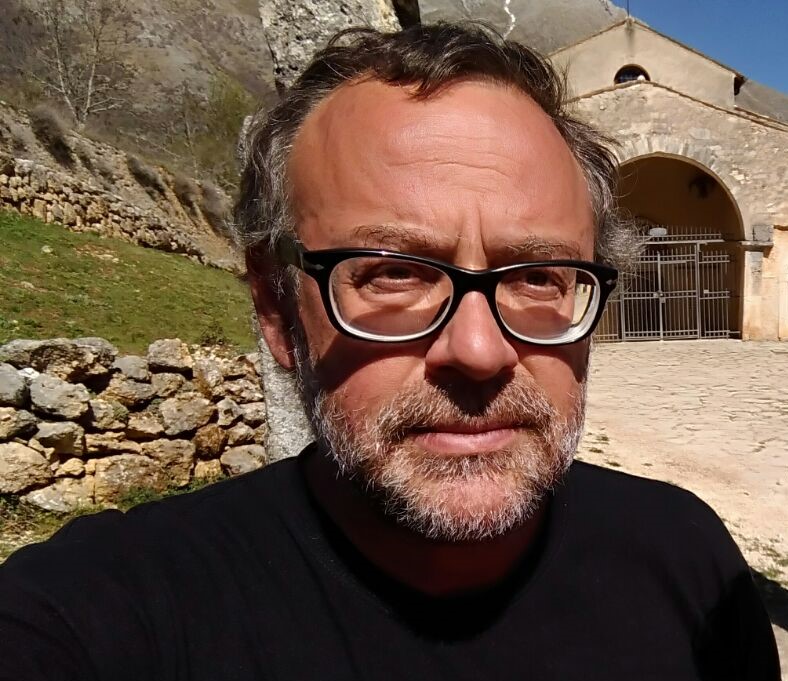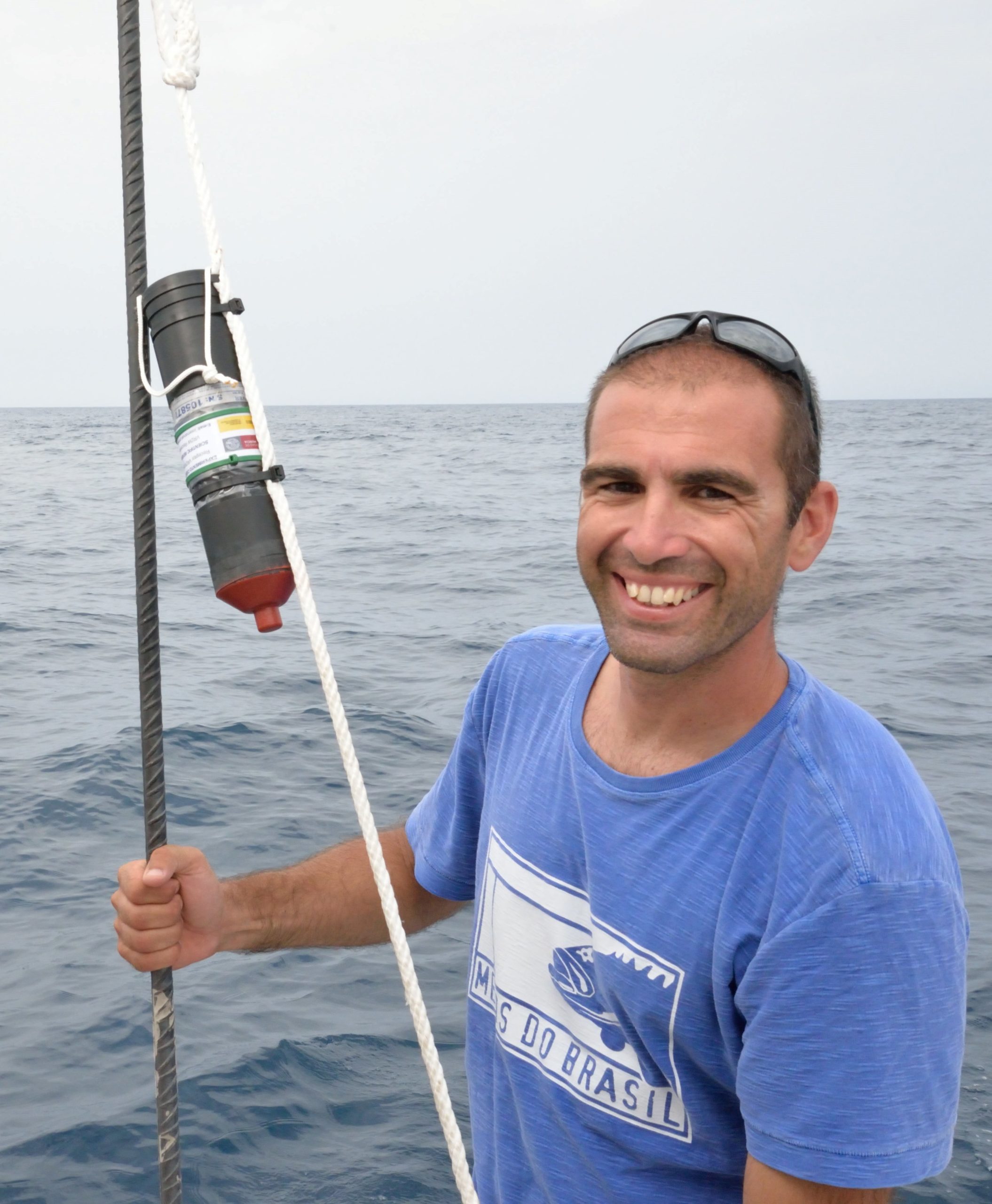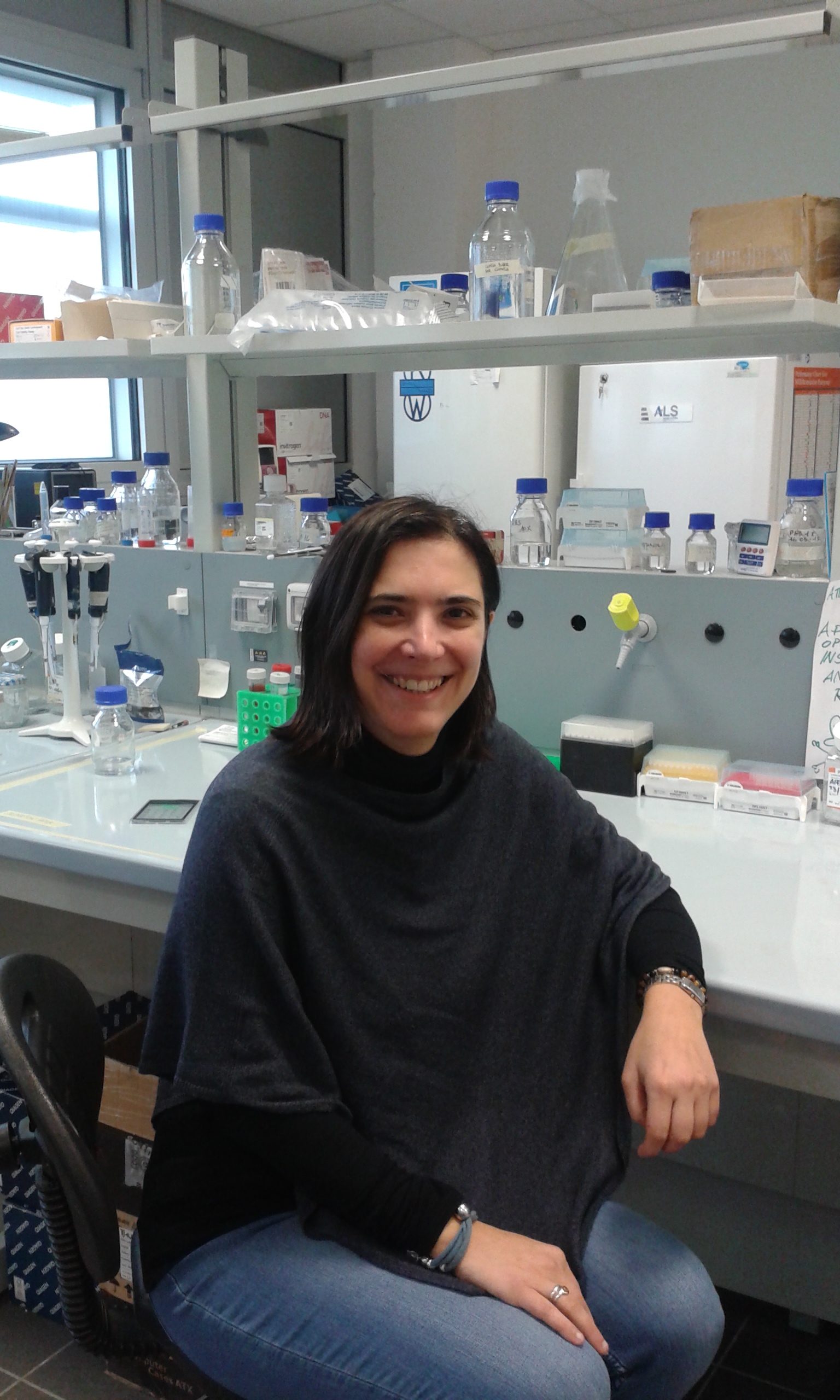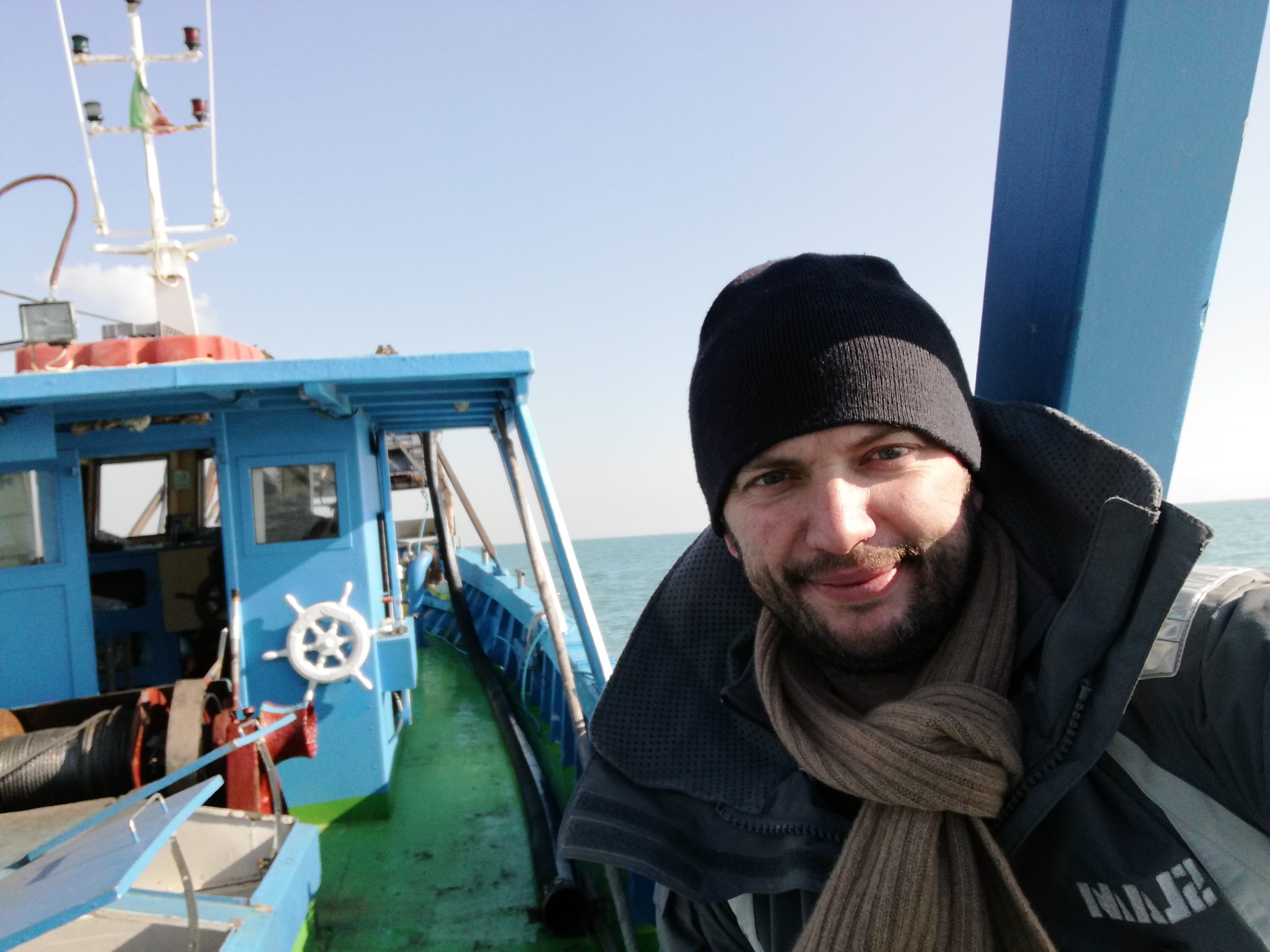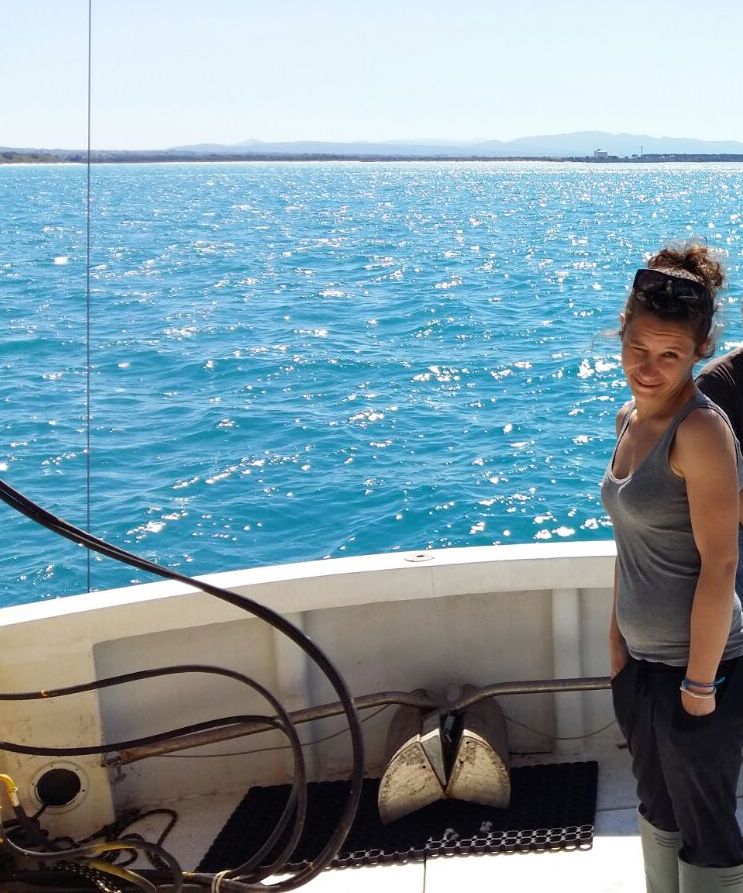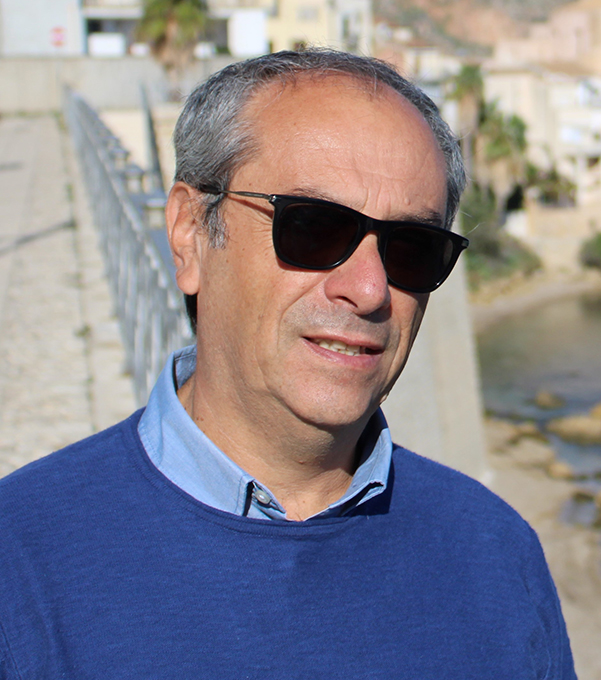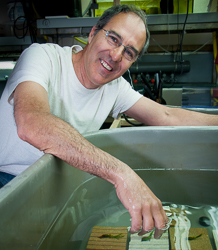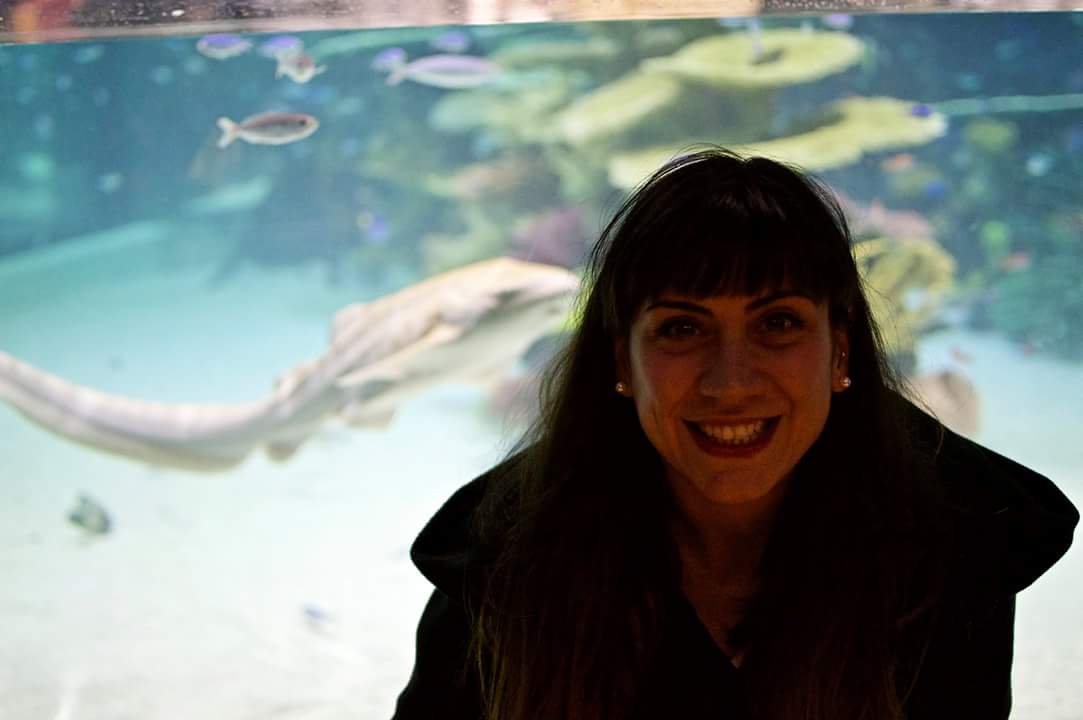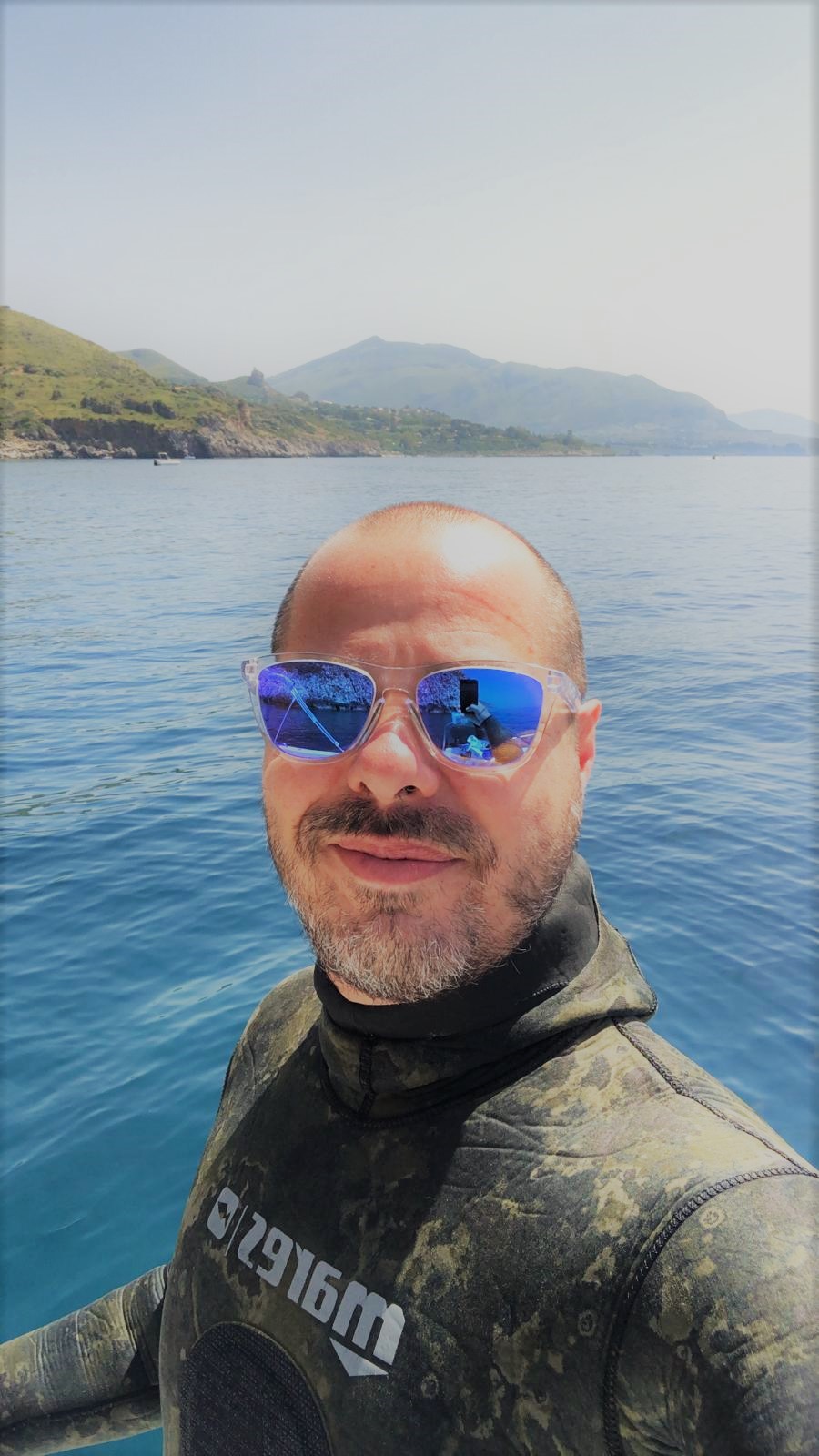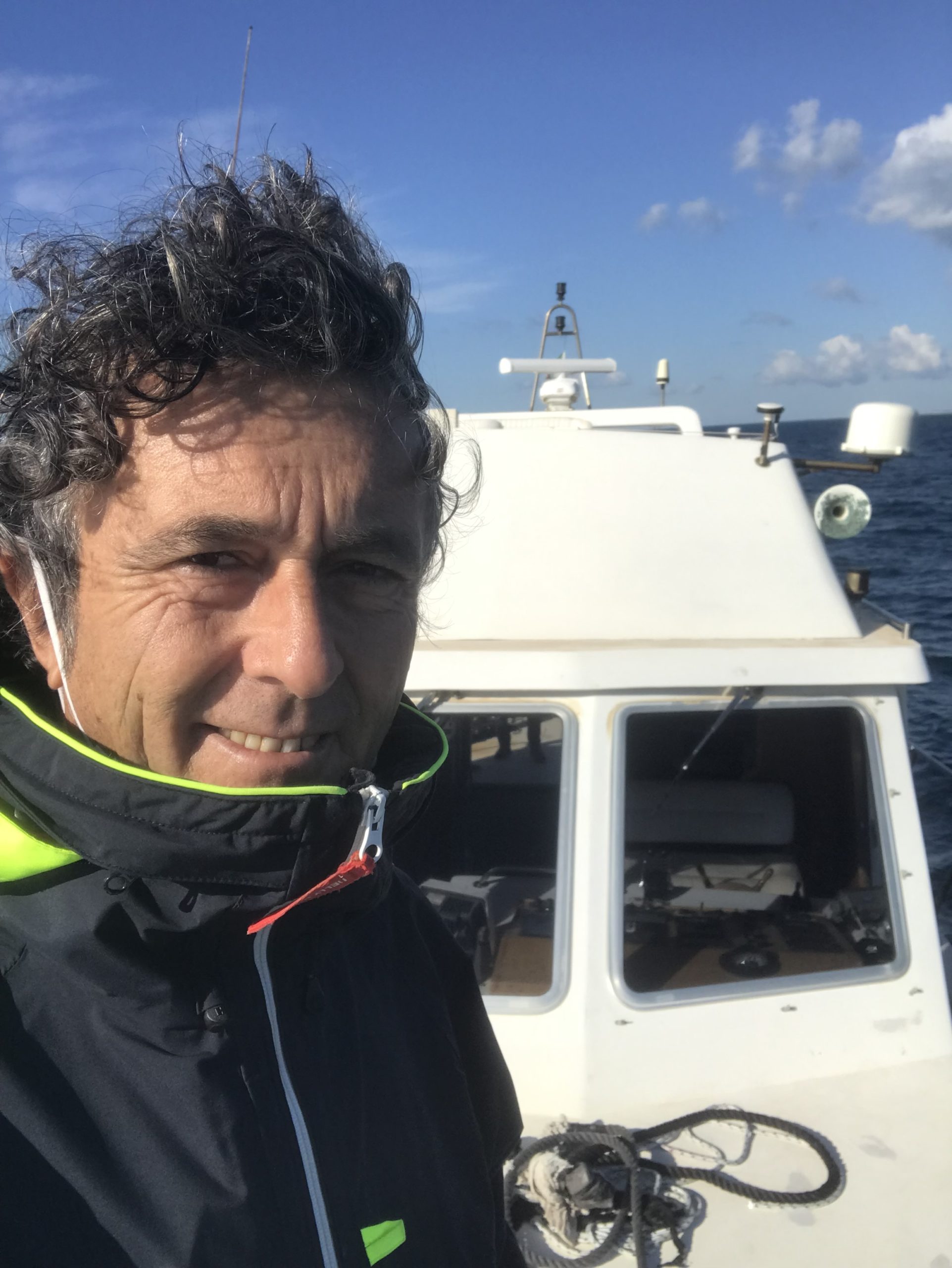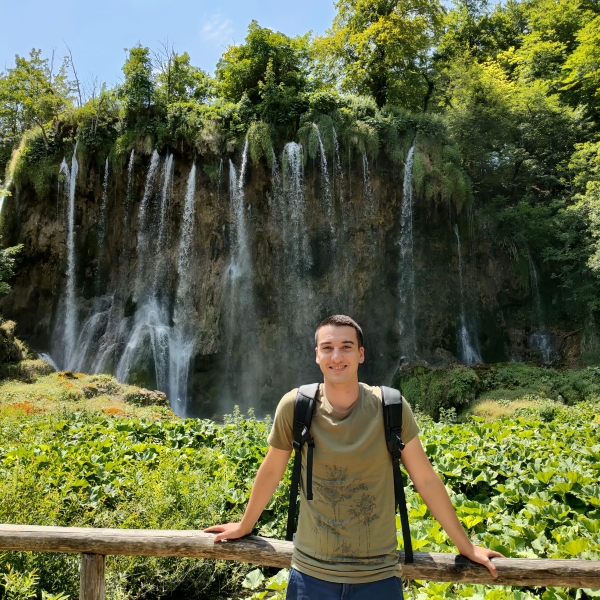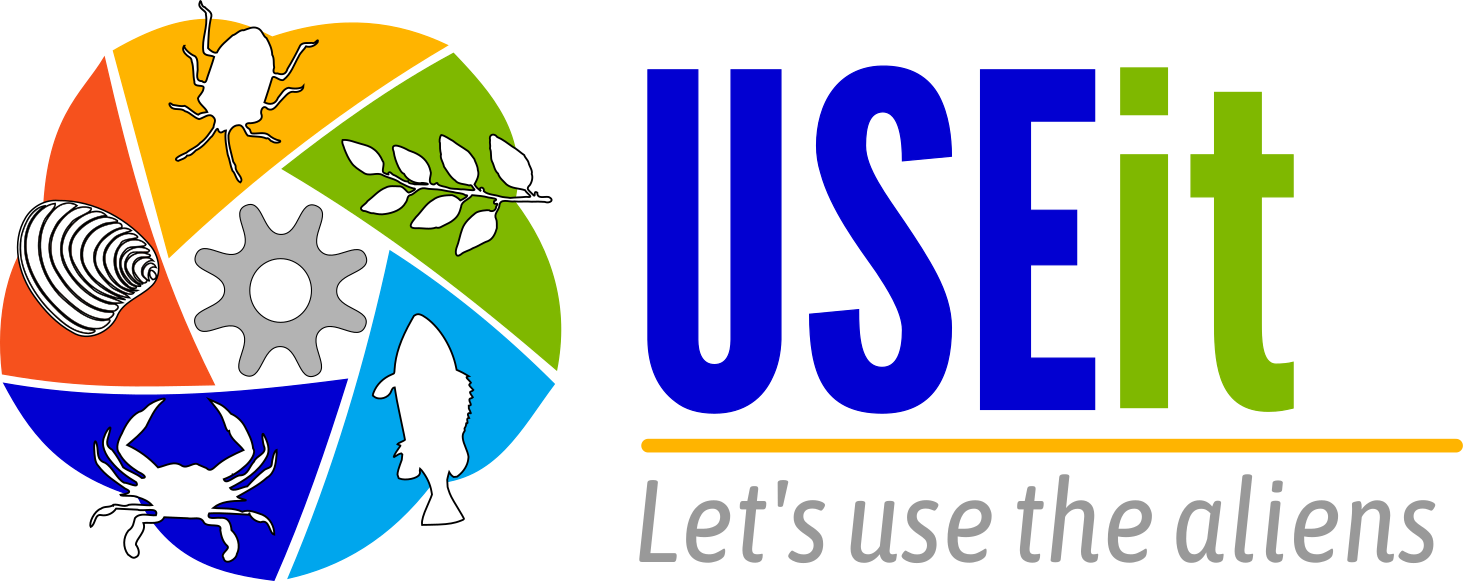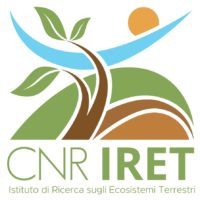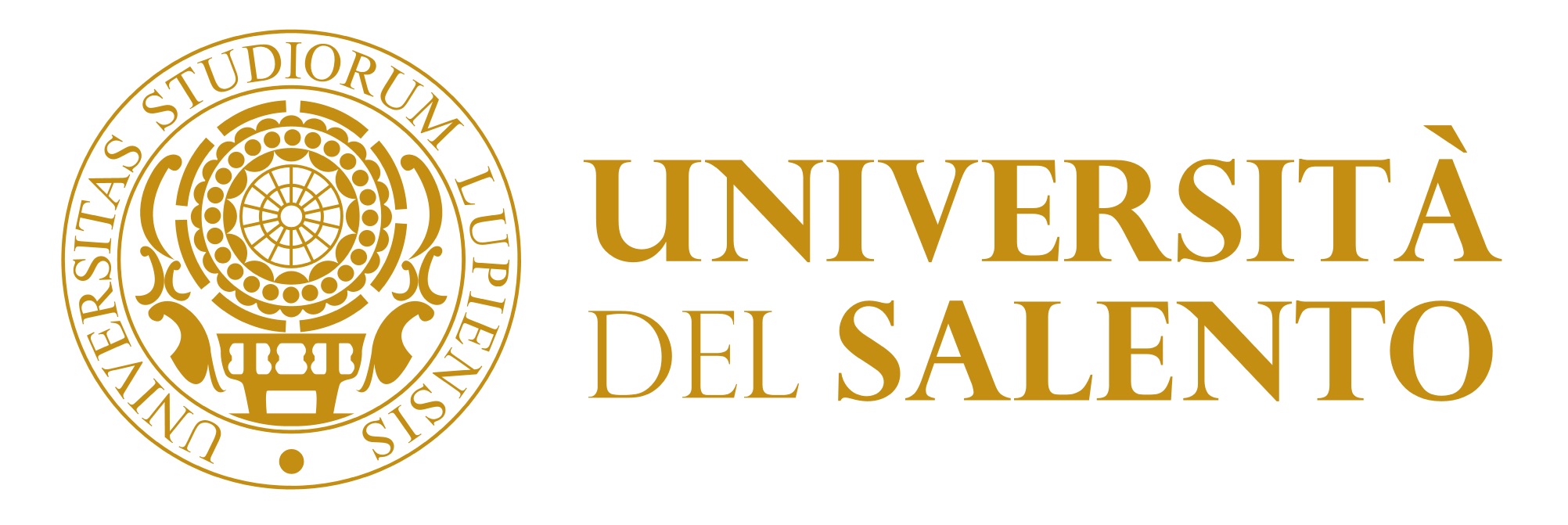The work plan proposes a multidisciplinary, crowdsourcing approach aimed at large-scale data collection on the trophic position and ecological impact of Atlantic blue crab (Callinectes sapidus) in different regions of the Mediterranean Sea. This will provide an advanced understanding of the trophic impact of the species and develop a more effective management of the impact of invasive alien species (IAS) to support the protection of the biodiversity and integrity of coastal ecosystems.
The work plan, carried out by experts in marine ecology and stable isotopes analysis, will be divided into five different Work Packages, described below.
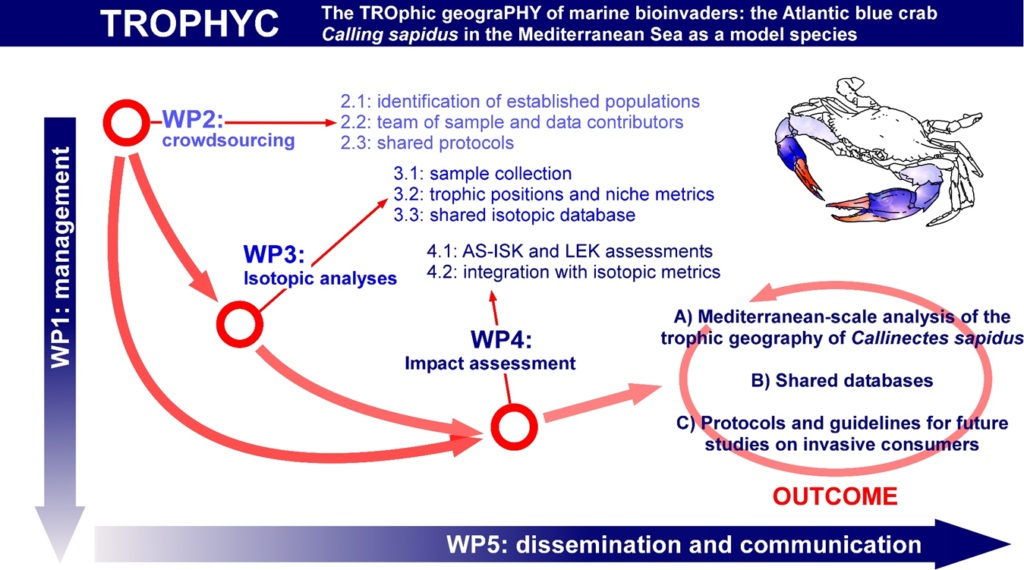
WP1 – Project management – WP leader Unisalento
Work Package 1 is dedicated to the coordination and management of the project. Specifically, managing administrative aspects, monitoring activities, writing reports, and organizing meetings/workshops with all partners to define procedures, monitor progress, and ensure that project objectives are met.
WP2 – Inventory of blue crab populations and involvement of data providers – WP leader Unisalento
This Work Package will have as its main objective to assess the state of art of the presence of established Atlantic blue crab populations in the Mediterranean Sea, then identify project study areas and assemble a large group consisting of scientists, academics and governmental organizations (data providers – DPs). Activities within WP2 will include in detail the drafting of methodological guidelines for sample collection and pretreatment of them, the development of questionnaires to be provided to DPs to obtain quantitative assessments of the trophic impact of blue crab in the study areas and the organization of an informational meeting with DPs to discuss the protocols and methodologies to be followed.
WP3 – Stable isotope analysis – WP leader UNIPA
Work Package 3 is devoted to stable isotope analysis to estimate the diet and trophic position of Atlantic blue crab in different study areas in the Mediterranean Sea. WP3 activities include collection of blue crab and baseline bivalves samples from DPs, stable isotope analysis of carbon (δ13C) and nitrogen (δ15N) to estimate the trophic position and isotopic niche of blue crab populations, in-depth analyses of the trophic preferences of blue crab in the study areas in Italy (Stagnone di Marsala and Lesina Lagoon) by collecting samples of potential plant and animal prey, and finally, the processing and analysis of collected data.
WP4 – AS-ISK, LEK, and data integration – WP leader UNIPV
The fourth Work Package will focus on collecting blue crab impact data by means of specific questionnaires submitted to DPs, the results of which will then be integrated with isotopic analyses. The three main activities planned are: the collection of AS-ISK and LEK questionnaires by the partners, analysis and summaries of the collected data by using spatial statistical methods similar to those used for SIAs, and integration of the data obtained from the questionnaires with those obtained by stable isotope analysis.
WP5 – Dissemination and outreach – WP leader CNR
Work Package 5 will focus on the dissemination of TROPHYC project results to various levels: the scientific community, the public, stakeholders, regional entities and international organizations. Planned activities include the production of scientific publications, press releases, involvement of entities and networks to maximize the dissemination of results and their impact on decision-making processes.
TROPHYC is a project financed by the Italian Ministry of University and Research – MUR

